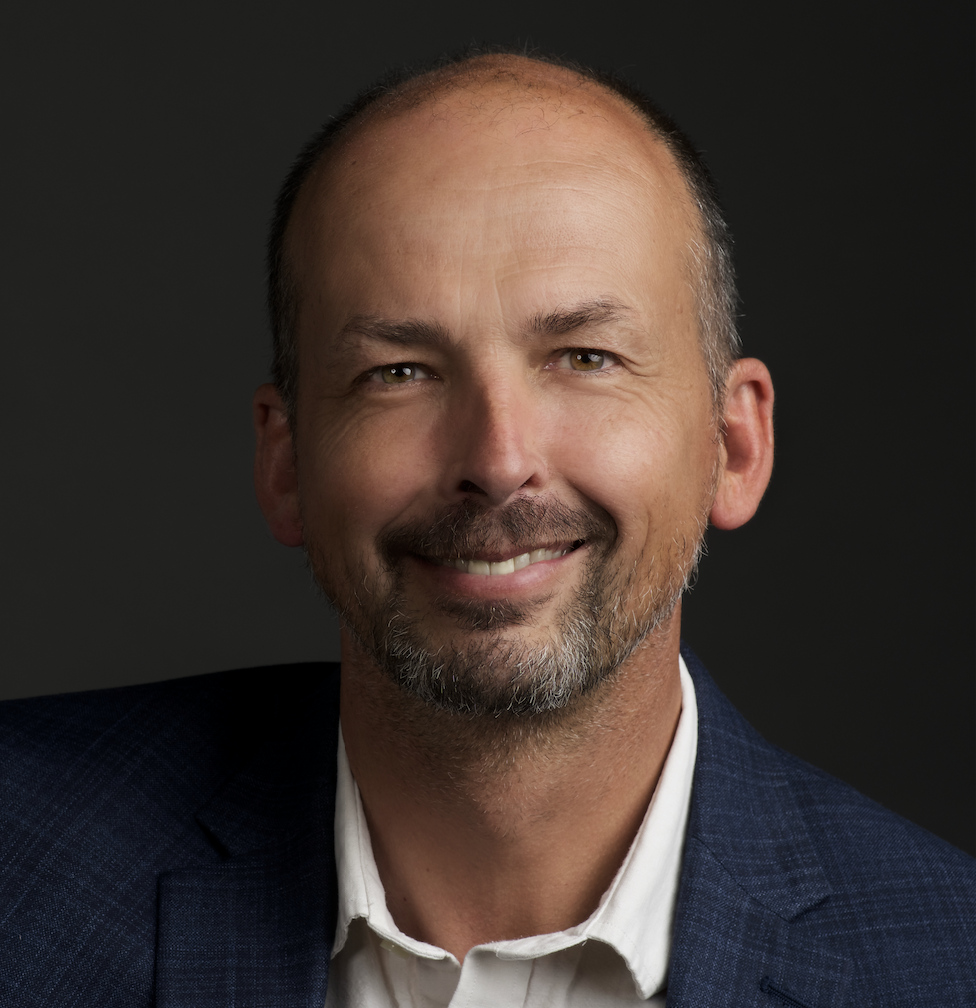Are we getting comprehensive enough?
From this comprehension, are we getting more applied practice?
Science has long been committed to finding more comprehensive models. With each new discovery, even those noticed through the search for smaller parts, scientists have speculated on ever-increasing levels of integrated frameworks. On wholeness. They’ve searched for a framework that brings it all together. I’m aware of this from the perspective of “hard” sciences (and what a delight to see the last twenty years yield a birth of cross-disciplined approaches). I remember this from my university training in social sciences.
Much of my current study is about transforming consciousness. It has long been my focus. It has long been my practice. I’m now adding another level of rigor to this. I am currently reading a book, The Dance of Life, written by Vern Woolf (who is also my uncle). In it he speaks about these questions of comprehensiveness from his background in quantum physics and developmental psychology. Vern offers a summary map — twelve frameworks and twenty mechanisms of consciousness. The topic itself is quite fascinating. However, the context in the book is one of invitation, to see the whole of what is emerging from integrating aspects of all of these models and all of these mechanisms.
It is only natural for me to think of this integration in my work of facilitating group process. Both the integration and the topic of consciousness. I feel aware that many of the approaches I use in hosting, in conversational methodology, in strategic planning, are also comprehensive and consciousness-based. The practice of a World Cafe can be experienced as method — I have done much of this and will continue to do so. But it can also be offered as invitation to rich practice of integrated consciousness. It can be offered as a practice that brings together many threads of thought and practice.
In saying all of this, I am aware that no model is complete. No model or framework is fully comprehensive. Language by definition, makes it a representation of what really is. Visual images add more, but are still reductive (and perhaps some of the best we have given the reality of reductivism). I am grateful in this regard for wise teachers who helped me to see what have become core principles in my work and life practices.
-in every new truth, there is more that is false about that truth than true
-every new truth is the next best lie about what is really going on
-all is not as it seems
Despite the wonderful incompleteness, the point is to draw attention to the intent of more comprehensive view and from that, more applied use. What a fantastic time to be alive. And what a time or responsibility to hold myself, or work with others, to expand further into unknowns of comprehensiveness (best felt, not summed) and then act from there.
I’ll use these questions with groups. And, I’m putting my feet on the ground with this base — consciousness work and consciousness emergence as path to social and institutional change. It is already underneath so much of the facilitation work I do. And it is time to practice this level of change at next levels. I’m glad to get my feet on this — I’ve struggled to put a finger on it. Welcome 2011. Ready.
